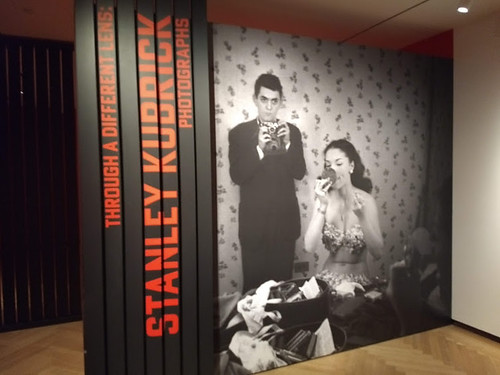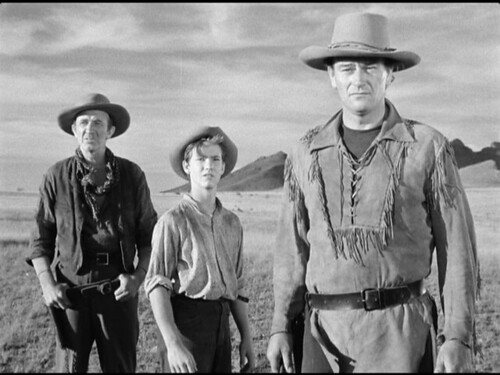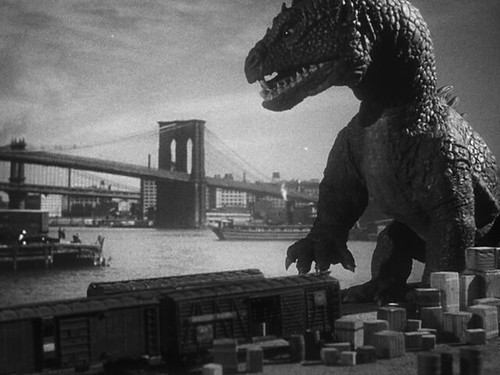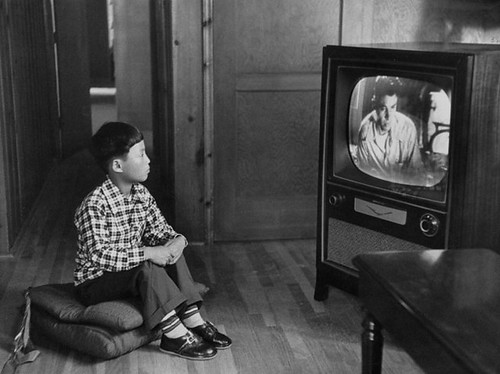Filmmaker Stanley Kubrick (1928-1999) would have turned 90 this coming Thursday, July 26, 2018. Known for such works as PATHS OF GLORY, DR. STRANGELOVE, 2001: A SPACE ODYSSEY, A CLOCKWORK ORANGE, THE SHINING, FULL METAL JACKET and EYES WIDE SHUT, he began directing features in 1953, but started working as a photographer doing human interest stories for Look Magazine eight years earlier while still a student at Taft High School in the Bronx. He eventually directed three documentary shorts, the first of them, “Day of the Fight” (1951), based on a photo story about a boxer he’d done a couple of years earlier.
The Museum of the City of New York is currently offering an exhibit of Kubrick’s early photographs under the title, “Through a Different Lens: Stanley Kubrick Photographs,” which runs until October 28, 2018. The exhibit gives us a chance to see what interested Kubrick in his formative creative years and how he chose to frame it. It also looks forward to his first “real” movie, KILLER’S KISS (1955), which he made on a shoestring on New York locations, drawing on his experience as a street photographer. He then went to California to make THE KILLING, a full-fledged Hollywood crime thriller with a cast of name actors (topped by Sterling Hayden) and the rest, as they say, is history.





